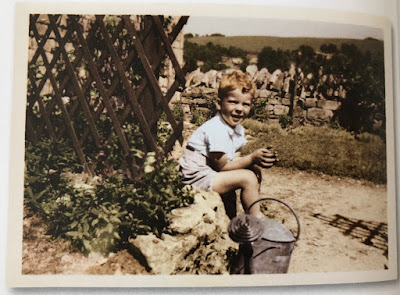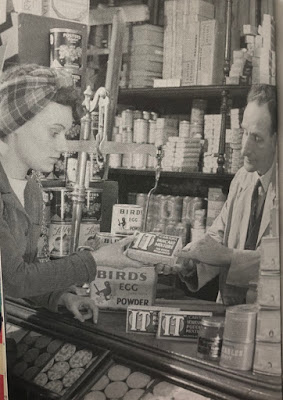A War Diet Poem

"We Were Not Vegetarian from Choice" Tom Earley, a Welsh poet revisits his childhood meals during the war-time in his poem, "For What We have received". Published in 1992, this poem reflects back on past memories and the feelings that were evoked through his experience with food. Earley's poem explores issues and concepts also present in the recipes I have analysed within previous posts including: the overuse of vegetables, the lack of meat and the cultivation of produce. The consumption of food in the poem seems to be reliant on the cultivation of produce. He mentions in the first few lines: 'allotment salad seemed free' (3). Although, there is essentially no price for cultivating your own produce, Earley is aware of the "price" of the hardwork that comes with the process. The picking of fruits is also described in the second stanza: 'whichever fruit our indigo fingers had picked that golden day’ (13-14). He presents to the reade...

